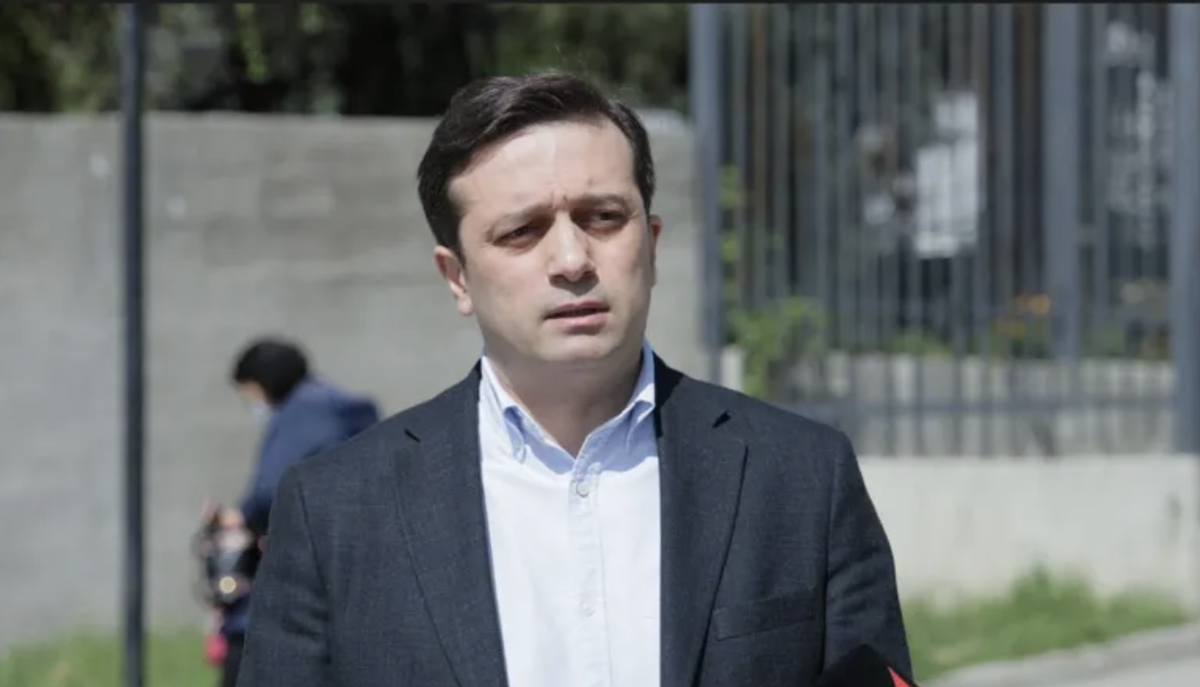Armenia: education for all and Covid-19 pandemic
Armenian education system has faced serious difficulties during the coronavirus pandemic. However, since the beginning of the Covid-19 pandemic in the country, it has been possible to ensure the involvement of more than 85% of schoolchildren in the educational process.
According to the latest World Bank report, the coronavirus pandemic has significantly reduced the number of people receiving quality education and increased the illiteracy rate. In low- and middle-income countries, the number of 10-year-olds who cannot read and understand plain text has reached 70%. According to experts, this happened due to the closure of schools and the educational process being interrupted due to the pandemic.
How did Armenia manage to ensure the involvement of most of the schoolchildren in the educational process, despite the closure of schools?
- Distance learning in Armenia – the consequences of coronavirus that will outlive the epidemic
- “The Armenian regions will grow and develop if people like me stop leaving”
- Why did certification of teachers spark criticism in Armenia?
Success of a system that was created 12 years ago
“The system with which helped us ensure the continuation of the educational process was created back in 2010. Over the years, it has undergone changes, some subsystems have been added to it. In 2018, we launched an “Education Management Information System”, which, in fact, is not a curriculum, but a management program. It also includes the “School Management Information System”, which stores a database of students and teachers from all schools in Armenia.
Since we already had the data of all students and teachers, in parallel with the closure of schools, we were very quickly able to integrate various programs into this system to organise remote learning, in particular, via Microsoft Teams. A few days later, all students and teachers in Armenia had their own accounts to participate in remote lessons”, says Artak Poghosyan, director of the National Center for Educational Technologies.
He is convinced that if the data of 40,000 teachers and 400,000 schoolchildren had not been collected in advance, it would have been impossible to organize distance learning in a matter of days.
A month after schools closed, 280,000 active users participated in remote lessons on the Microsoft Teams platform alone.
Some teachers and students used other group video communication programs for teaching – Google classroom, Zoom and even Viber. Artak Poghosyan says that teachers were not limited in the choice of platforms, because many teachers did not have the necessary technical skills to work with online programs, and the involvement of children in the educational process had to be ensured by any means.
“We not only encouraged the use of all available tools, but also provided advice to teachers on how to use different platforms to make the learning process more productive.
The National Center for Educational Technology conducts a study every year on the use of information technology in schools and the corresponding skills of teachers. According to a 2019 study, none of the teachers had any distance teaching experience. Now the picture has changed. In 2020 alone, more than 7,000 teachers completed distance learning courses”, says Artak Poghosyan.
At the same time, the Center for Educational Technologies created a website that contains all the electronic resources that students, parents and teachers could use to overcome the difficulties caused by the pandemic.
It turned out that about 15% of schoolchildren cannot study, because they do not have the ability to connect to the Internet or they do not have the appropriate gadget.
At that time, all communication operators operating in Armenia expressed their readiness to provide these children with free communication, and international organizations and philanthropists solved the problem of acquiring the necessary equipment.
The next challenge facing the education system was the 44-day war in 2020.
“It was necessary to solve not only the issue of providing technical means for children who moved to Armenia from Nagorno-Karabakh, but also to change the licenses of schools so that they could accept more children.
And it was necessary to simplify the procedure for entering school for schoolchildren from families displaced by the war. First, we provided distance learning for them, and then stationary education in Armenian schools”, says the director of the center.
School in the Internet space
“The pandemic has become a serious challenge for the whole world. About 1.5 billion children were deprived of the opportunity to continue their education. And there were no solutions in any country, because there was no precedent, no experience of working in such conditions. The only way out was to organize distance education”, says Deputy Minister of Education Zhanna Andreasyan.
According to her, the pandemic forced us to reconsider previous approaches, regulate the legislative framework so that distance learning is applied not only during the period of restrictions caused by the pandemic, but also in other cases when children, for some reason, cannot go to school.
The National Center for Educational Technology has also taken up this task. The project “E-school Armenia” was created. When the school notes in the corresponding electronic system that the student, due to some circumstances, cannot attend the lessons, their data is immediately sent to the distance learning center. The student immediately receives a login and password, with which they can participate in remote lessons.
The program includes 29 teachers, more than 2,500 video lessons have been prepared. For the youngest students, puppets act as teachers.
Video lessons are accompanied by sign language translation – for children with hearing problems.
Despite the fact that for more than a year schools in Armenia have returned to the normal, classroom learning, E-school Armenia also continues to operate. In 2021, the project provided distance learning for 7,600 students.
Now schoolchildren who are on long-term treatment, children of diplomatic workers, as well as Armenian families living abroad, for whom national education is important, are studying remotely.
“E-school Armenia” already occupies a serious place in the education system of Armenia, the number of students is not decreasing, as there are still risks due to which children may be left without full-time education.



















